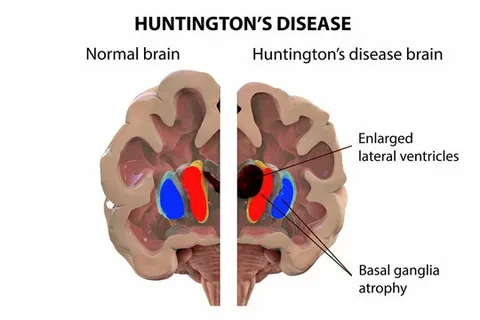Introduction In the world of modern surgery, precision is paramount. Surgeons and medical professionals require tools and materials that support seamless healing while minimizing complications. One such breakthrough in surgical materials is Polyglactin 910, commonly knownhttps://www.sciencedirect.com/topics/medicine-and-dentistry/polyglactin by its brand name, Vicryl. As a synthetic absorbable suture, Polyglactin 910 has become a gold standard for a wide array of surgical procedures, offering unparalleled strength, biocompatibility, and precision. This blog explores the unique properties, applications, and benefits of…
Introduction Osteoarthritis, a chronic condition affecting millions worldwide, often brings debilitating pain, stiffness, and reduced mobility. With no definitive cure, many individuals resort to painkillers and invasive surgeries to manage symptoms. However, the emergence of natural solutions like osteoarthritis cream has sparked hope for a safer, more holistic approach. This blog will delve into the science, benefits, and applications of these creams that are proven to heal injuries, alleviate pain, and reverse osteoarthritis naturally. Osteoarthritis,…
Introduction Chemoselective reactions have revolutionized the field of organic synthesis, offering a pathway to selectively modify specific functional groups in complex molecules without disturbing other reactive sites. This precision is especially valuable in biological and medicinal chemistry, where it’s critical to retain the biological integrity of sensitive molecules while introducing modifications for probing, imaging, or therapeutic purposes. One promising area where chemoselective methodologies are making strides involves the synthesis of BODIPY-based neoglycosides. This post will…
Introduction With advances in nanotechnology and biomedicine, there’s a growing interest in developing nanoparticles that offer enhanced therapeutic benefits while maintaining biocompatibility. One area gaining significant traction is the use of cannabidiol (CBD)-loaded poly(lactic-co-glycolic acid) (PLGA) nanoparticles, particularly produced using microfluidic technology. These nanoparticles not only offer controlled release of CBD but also provide remarkable antibacterial and antioxidant properties. This article delves into the core properties and benefits of these microfluidic-assisted cannabidiol-loaded PLGA nanoparticles, focusing…
Introduction Huntington’s disease is a progressive, inherited neurodegenerative disorder that affects the brain’s basal ganglia, causing the gradual loss of motor, cognitive, and psychiatric function. Traditionally, managing Huntington’s disease has been limited to symptomatic treatments, with no available cures. However, recent scientific advancements are changing the landscape of treatment options. A pioneering group of researchers has introduced the first polymer-based therapeutic specifically targeted to Huntington’s disease, opening a new frontier in the search for…
Introduction The development of protein conjugates has transformed the landscape of biomedical polymer applications. By combining the versatility of synthetic polymers with the biological specificity of proteins, scientists are creating innovative solutions in diagnostics, drug delivery, and regenerative medicine. Protein conjugates play a pivotal role in many biomedical applications due to their functional adaptability, structural stability, and bioactivity. But designing protein conjugates effectively requires a deep understanding of both protein and polymer characteristics, as…
Introduction Cancer treatment has evolved tremendously over the past few decades, moving from traditional chemotherapy and radiation therapies to more targeted and sophisticated approaches. One of the most promising developments in recent years is the use of bioengineered immune cells, a form of immunotherapy that is transforming the way oncologists fight cancer. This cutting-edge treatment harnesses the body’s own immune system, modifying its cells to better recognize and eliminate cancer cells. In this blog, we…
Introduction Hip joint osteoarthritis (OA) is a debilitating condition that affects millions of people worldwide, leading to pain, stiffness, and a reduced quality of life. This condition primarily results from the gradual wear and tear of cartilage within the hip joint, which serves as a cushion between bones. As cartilage deteriorates, the bones begin to rub against each other, causing pain and restricting mobility. For many patients, the current treatment landscape involves pain management,…
Heart disease is one of the leading causes of death globally, responsible for millions of lives lost each year. As medical science advances, new avenues for treatment and prevention continue to emerge. One of the areas receiving increasing attention is the role of platelet activation proteins in combatting heart disease mortality. Understanding the function of these proteins in relation to blood clotting, inflammation, and cardiovascular health opens up new possibilities for reducing mortality from heart…
Osteoarthritis (OA) is a debilitating condition that affects millions worldwide, limiting mobility and causing chronic pain. While several treatment options exist, ranging from medications to surgical interventions, many patients continue to seek more effective and less invasive alternatives. Recently, innovations in biomaterials and regenerative medicine have opened up new possibilities for treating osteoarthritis. One such promising avenue is the use of injectable self-lubricating supramolecular polymer hydrogels loaded with platelet lysate. These advanced materials could…










